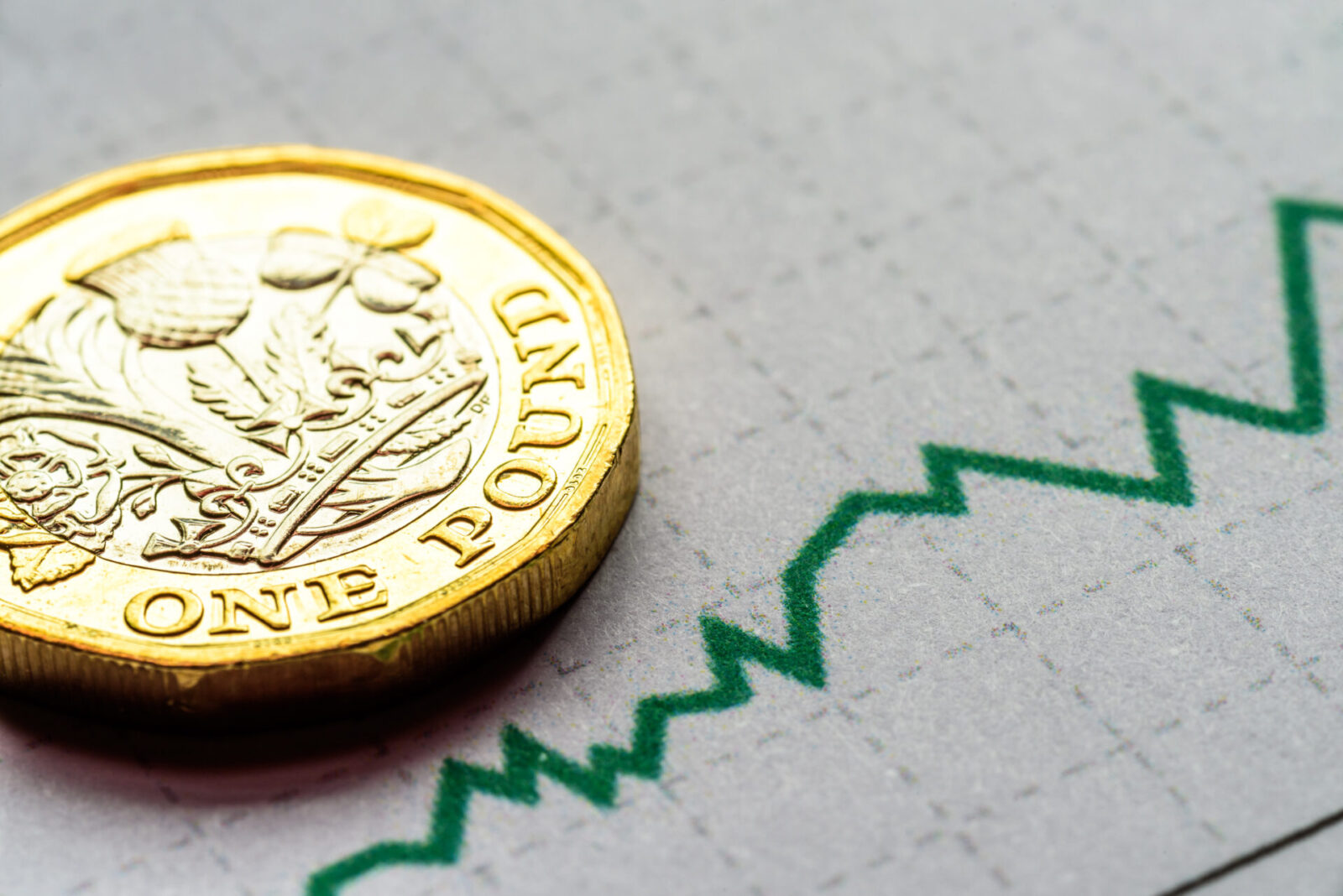
Sterling regained all of last week’s losses yesterday against the euro, strengthening close its highest point for a month.
There was some recovery against the US dollar too, but it remains nearly two cents weaker than last Tuesday.
The main reasons for the recovery are an upgrade of Britain’s GDP estimate for the second quarter of the year from 4.8% to 5.4%. This led the markets to believe that the Bank of England will raise interest rates earlier, especially if it sees evidence of employment and economic activity returning to pre-pandemic levels.
Speaking of which, clearer evidence is starting to emerge of a slow but sustained drop in Covid-19 cases in the UK (although less pronounced than in leading eurozone nations).
In the business news, in the UK new car registrations appear to have fallen severely in September, to the lowest level for 20 years. US oil has reached a 7-year price high. The problems of Chinese property empire Evergrande intensified after a developer defaulted on a $206m payment.
Make sure any upcoming transactions are protected against the risks of sudden market movements. Secure a fixed exchange rate now with a forward contract; call your Business Trader on 020 3918 7255 to get started.
GBP: Pound revives but markets will look closely at PMI today
The pound at the time of writing is approaching its highest point since mid-August as the recovery from last week’s fuel, energy and inflations worries continues.
There is still a shortage of HGV drivers, however, and fuel remains scarce in south-east England forecourts.
There were no data releases yesterday, but this morning we’ve heard that new car registrations were the worst for two decades.
At 9.30 today we will get final Markit/CIPS PMI figures for services and composites. This data will be seized on by the currency markets in a quiet period for data, with a reading of over 55 likely to revive sterling still further.
GBP/USD past year
EUR: Euro falls across the board
The single currency fell mildly against both sterling and US dollar yesterday.However, those losses add to severe losses over the past week that have seen the euro between 0.3 and 1.5% weaker against all other leading currencies in the G10 (and almost all of those in the next 10 too).
This morning’s final PMI data from across the eurozone is arriving in line with expectations so far this morning.
This afternoon we will hear from European Central Bank president Christine Lagarde. The ECB’s dovish stance on interest rate rises (none until 2023) has partly been responsible for the weakening of the euro. Will she make any hint towards tapering economic support to the eurozone economy?
USD: Markets look to default possibility
The dollar strengthened fractionally yesterday against most currencies, but remains weaker on the whole as we continue into October – a reliably jittery month on the financial markets.
The markets are keeping a close eye on the debt ceiling concerns, as a political stand-off builds between Democrats and Republicans over government financing, with a risk of government default if no agreement is reached.
On the whole, however, expectations that the Federal Reserve will taper monetary support for the economy, plus a relatively “risk-off” attitude to the global economy, are putting downward pressure on the dollar.
This afternoon we will see Markit PMI figures for the US, with speeches by monetary policymakers also with potential to move the market.
For more on currencies and currency risk management strategies, please get in touch with your Smart Currency Business trader on 020 3918 7255 or your Private Client trader on 020 7898 0541.

 020 7898 0500
020 7898 0500
